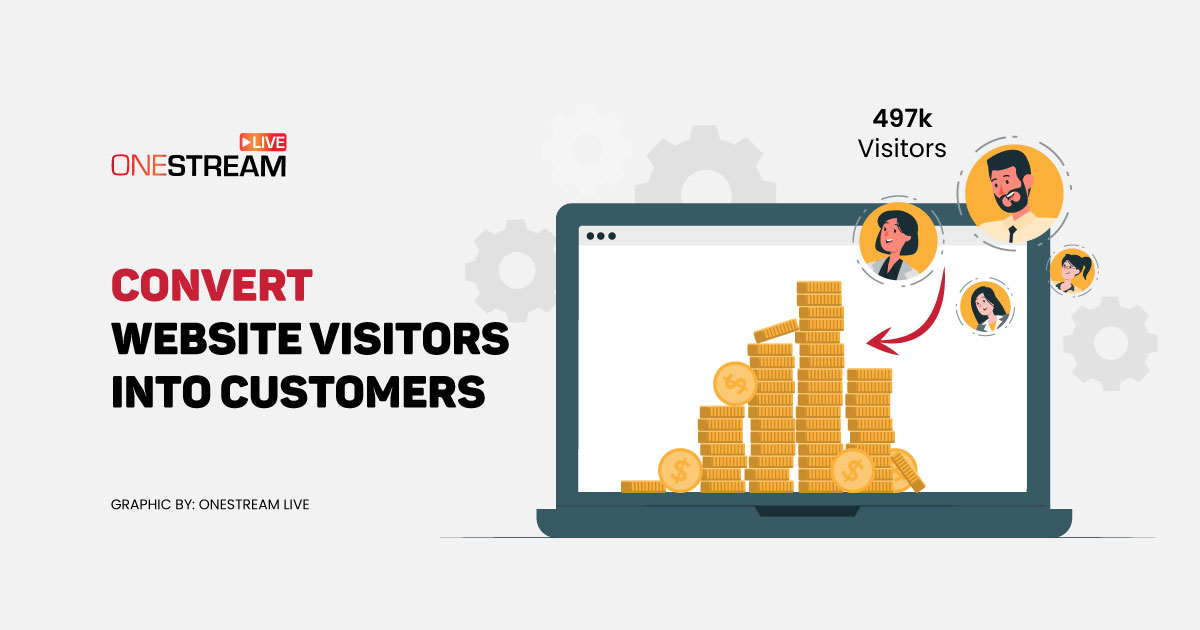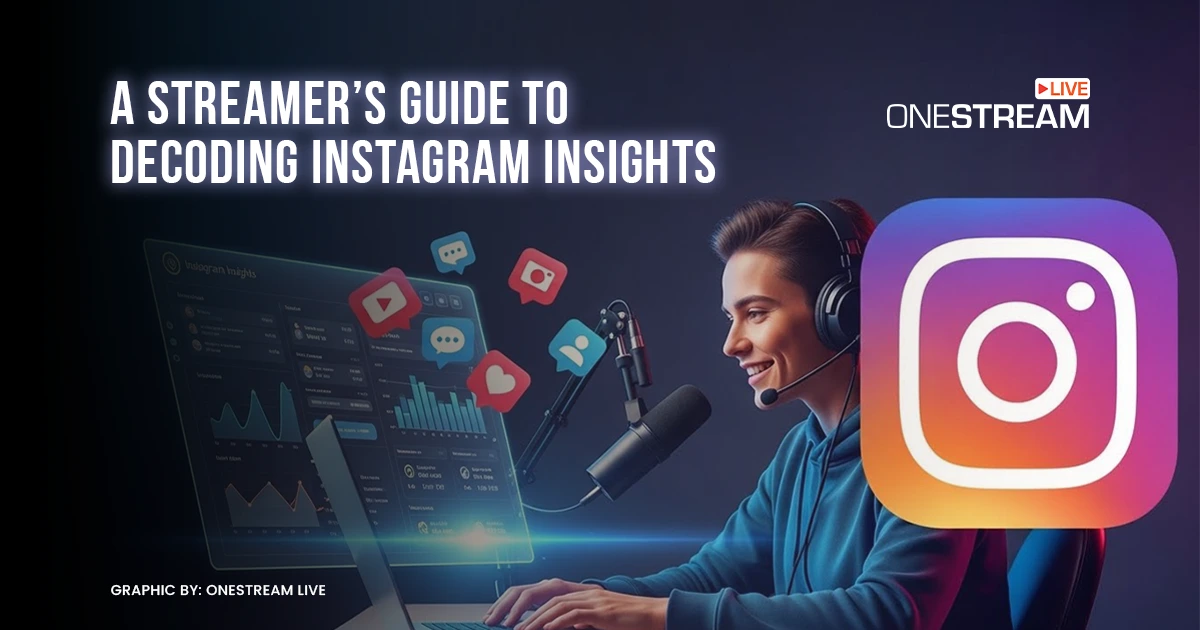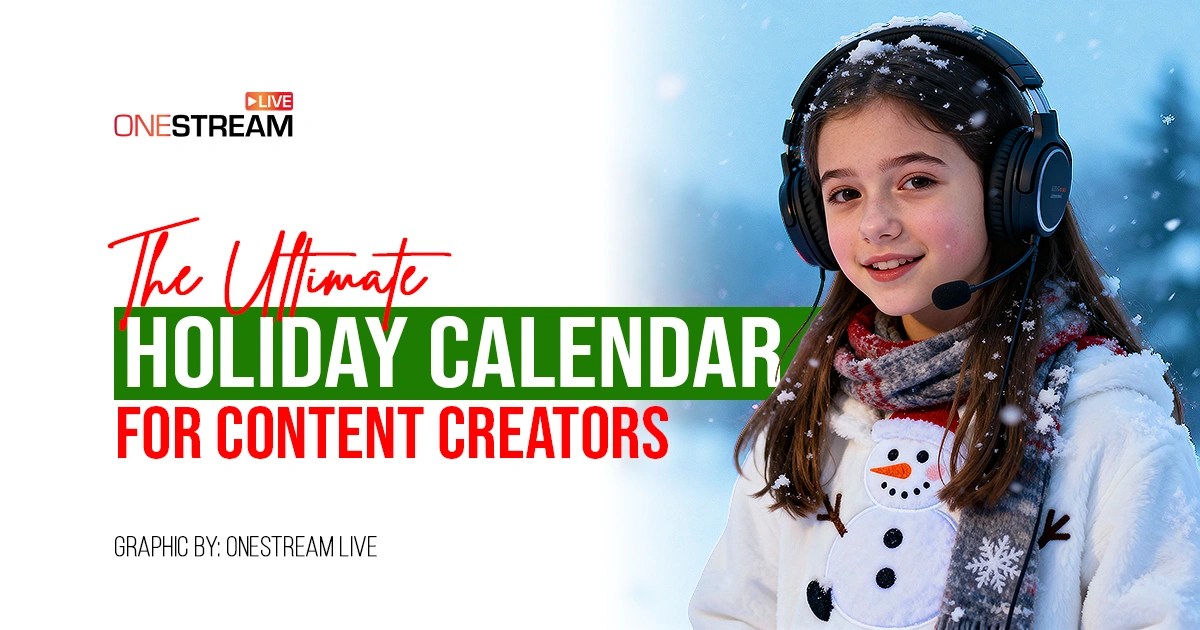In the realm of digital marketing, a conversion is when you attract a visitor to make the desired action after they come to your website. It goes like this – a user learns about your website and decides to visit it. They like what they see and decide you are a trustworthy brand. The user completes the action you placed as your goal. That could be buying a product or service or entering their email for a newsletter. Once that happens, you have a conversion. This blog delves upon five incredible tips to help increase your Conversion Rate Optimization, CRO!
The conversion rate shows how successful you are in making that happen. For example, if you have 100 conversions from 10,000 visitors monthly, the rate would be 1% (100/10,000). Despite the fact that your traffic is at an admirable level and you probably used specialized SEO tools to attract so many visitors, low numbers in this area are why the profit isn’t as expected. That’s why you need to work on your CRO. Let us tell you how!
CRO comes with multiple benefits. The obvious one is that it boosts your profit and helps you achieve your financial goals. Another advantage is that it allows leveraging existing assets. You don’t necessarily focus on increasing traffic but rather on turning existing website visitors into customers.
CRO can help minimize bounce rate, decrease costs of customer acquisition, and enhance your search engine rankings. Here are some proven methods to improve CRO.
Understand Your Target Audience
Before you can improve the conversion rate, it’s important to understand who you are targeting in the first place. Many guides focus on helping you figure out your target audience, and here are the two most pressing points:
- Who is your average customer? Are your products or services tailored to young adults in their twenties? Perhaps your main focus should be on parents or retired people. From age to occupation and interests, many variations form your average buyer persona.
- What are their pain points? A pain point indicates the potential problem your audience has that can be solved with what you are offering. Retired people might have problems like osteoarthritis, and you might be selling supplements to help ease discomfort. A marketing professional might need an SEO platform, and your product has the features that meet their needs.
Experts suggest conducting online surveys or asking existing customers for feedback. They have already bought your product, and learning what they think about your brand could be crucial to improving CRO.
Another way to get insights into your customers’ preferences is to analyze what they are looking for when searching the Internet. For this purpose, you can use best SEO tools for agencies that feature keyword research. Thus, you can optimize your pages to attract the most interested visitors.
Apart from a data-driven approach to gathering info and talking to customers, try to assess your visitors’ thoughts. For example, if people in their twenties are your target audience, animations and videos might successfully convey your message.
Create a User-Friendly Website
You don’t want to risk that the reason for a visitor not buying your product is because you haven’t made it clear where and how to do that. A potential customer might have tried but failed to find the purchase page.
The idea is not to complicate things – a few clicks should be enough for a user to finish the purchase. While writing content, make sure to use clear and concise language. Consider using an AI paraphrase tool to refine your writing.
An obvious trend shows people are using smartphones more than computers for internet searches. Furthermore, the statistics indicate that the mobile e-commerce market is worth $2.2 trillion in 2023. Six out of ten e-commerce sales occur via mobile devices.
If you want to keep up with the trends, making your website mobile-friendly is imperative. It involves adapting the interface to the visitor’s device, such as a smartphone or tablet.
Page loading times should be as short as possible. If the site takes more than three seconds to load, the visitor might lose interest and look for alternatives.
To further enhance user experience, integrating live chat can make a big difference. It allows visitors to quickly ask questions, clarify doubts, and receive real-time assistance without navigating away from the page.
Provide High-Quality Content
Writing relevant content is how you attract the right audience to your website. But quality texts won’t only boost your traffic and improve your organic SEO.
Engaging and informative content will show the reader that you are trustworthy and authoritative in your niche. For instance, exploring which counties in Georgia allow tiny houses would make for interesting content. Valuable content will improve their opinion about your brand and increase their interest in what you are selling. That motivates each visitor to perform your targeted action, which boosts your CRO.
Experts advise using keywords throughout your content to help people find your website. You can use AI content editors and keyword research tools on SEO platforms to identify the best phrases for your texts and optimize articles for search engines. Don’t forget the importance of optimizing images and videos. A short animation video featuring your product could be more attractive to some visitors. You can place videos on YouTube, which can help reach more visitors via this social media.
Include a Clear Call to Action
You can’t expect a user to perform the desired action if you haven’t been clear about it. Make sure to be concise when delivering a message on what you want the visitor to do. Your call to action could be joining your email list, contacting you for more info, or buying a product.
Experts suggest being clear about conveying the message but trying to avoid being too pushy. For example, if you are writing a blog post, it’s enough to add a call to action in the final section. For a mailing list, you can insert a single pop-up on the homepage. However, avoid the same pop-up appearing on each loaded page since that would only annoy customers.
If you have a special discount, add a big image in the central part of the homepage. You can keep a small banner as a reminder at the corner of each page, as that’s not too pushy, and it offers a simple shortcut to visitors who decide to use the offer while browsing the site.
Test and Optimize
There’s no one-size-fits-all formula for converting website visitors into customers. The secret lies in testing and optimizing the strategy as necessary. It’s best to use analytics tools since they make tracking website traffic and conversion rates easy.
Don’t hesitate to experiment with different strategies to see what works best for your audience. Did you create a video that has a fantastic engagement? If yes, then it’s time for another video. But if the results weren’t as expected, consider altering your strategy and focusing on boosting your blog content.
If you’re serious about turning traffic into paying customers, it’s worth investing in a solid CRO strategy.
Conclusion
Conversion rate optimization is an ongoing process. Improving your CRO won’t happen overnight, but it will be worth the effort. You’ll better understand your customers and what products to offer them and figure out how to offer an enhanced user experience on your website. That won’t only boost your CRO, but it will make your brand more reputable and visible. It will increase the number of website visitors, which means more potential customers and profit. Therefore, don’t hesitate to use these tips to start boosting CRO today!
OneStream Live is a cloud-based live streaming solution to create, schedule, and multistream professional-looking live streams across 45+ social media platforms and the web simultaneously. For content-related queries and feedback, write to us at [email protected]. You’re also welcome to Write for Us!










